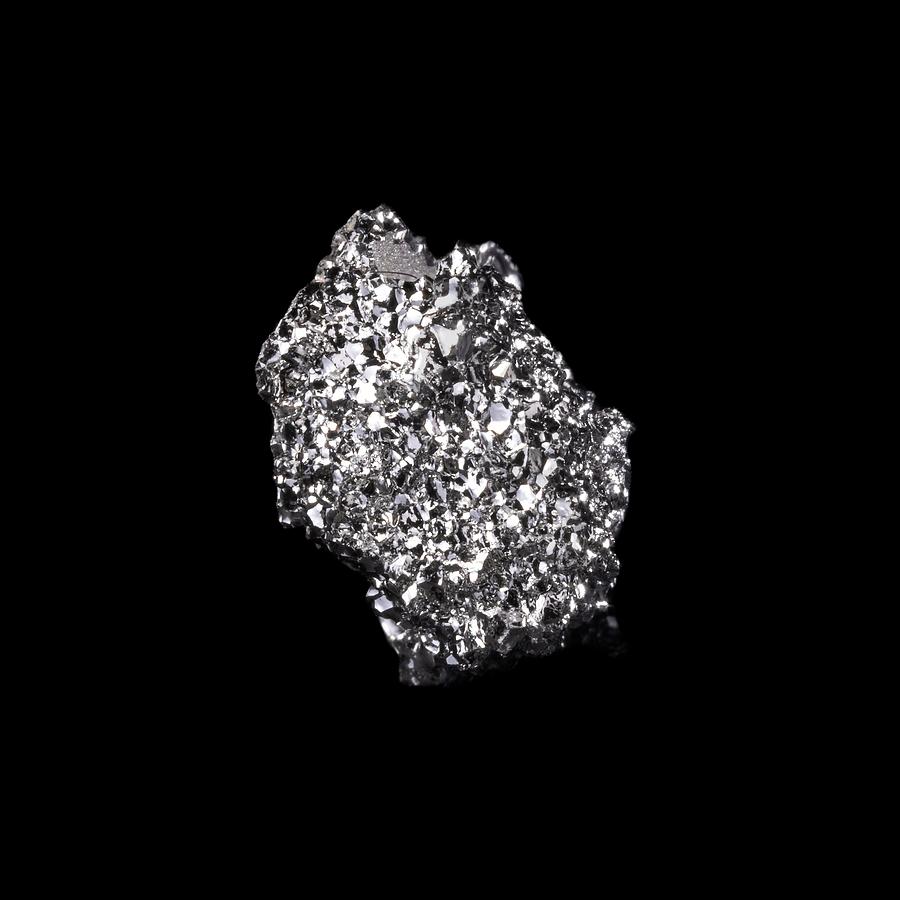"Ruthenium Recycling: Is It Worth the Cost or Just a Futile Effort?" In the niche world of precious metals, Ruthenium stands out, not just for its rarity but also for its increasing demand in various industries. However, the economics of recycling Ruthenium is a topic that sparks considerable debate.
 Recycling Ruthenium, a member of the platinum group metals, is a complex process. It involves intricate procedures to extract and purify this metal from various sources, including electronic waste and industrial catalysts. The cost of this process is often high due to the need for specialized equipment and skilled labor.
Recycling Ruthenium, a member of the platinum group metals, is a complex process. It involves intricate procedures to extract and purify this metal from various sources, including electronic waste and industrial catalysts. The cost of this process is often high due to the need for specialized equipment and skilled labor.
But why should we even consider recycling R uthenium? The answer lies in its diverse applications, from electrical contacts to resistors, and its role in advanced technologies like OLED screens. As technology advances, the demand for Ruthenium increases, making recycling an attractive alternative to mining.
uthenium? The answer lies in its diverse applications, from electrical contacts to resistors, and its role in advanced technologies like OLED screens. As technology advances, the demand for Ruthenium increases, making recycling an attractive alternative to mining.
The benefits of recycling Ruthenium go beyond just meeting demand. It's a step towards sustainability, reducing the need for mining, which has significant environmental impacts. Furthermore, recycled Ruthenium often has a lower cost compared to mined metal, making it an economically viable option for manufacturers.
However, skeptics argue that the high cost of recycling may outweigh the benefits. They point out that the limited supply of Ruthenium in waste materials makes it less feasible as a recycling option.
In conclusion, the economics of Ruthenium recycling is a balancing act between cost and benefit. As we move towards a more resource-efficient future, the role of recycling in providing sustainable and cost-effective Ruthenium will likely become increasingly significant.
文章末尾固定信息



评论